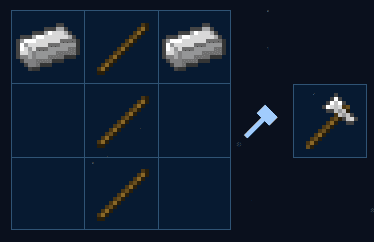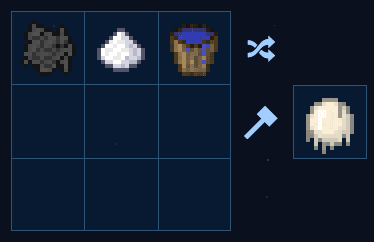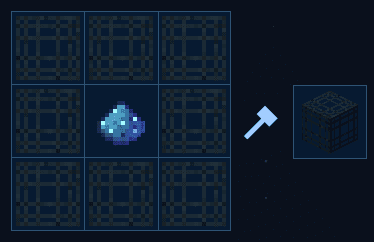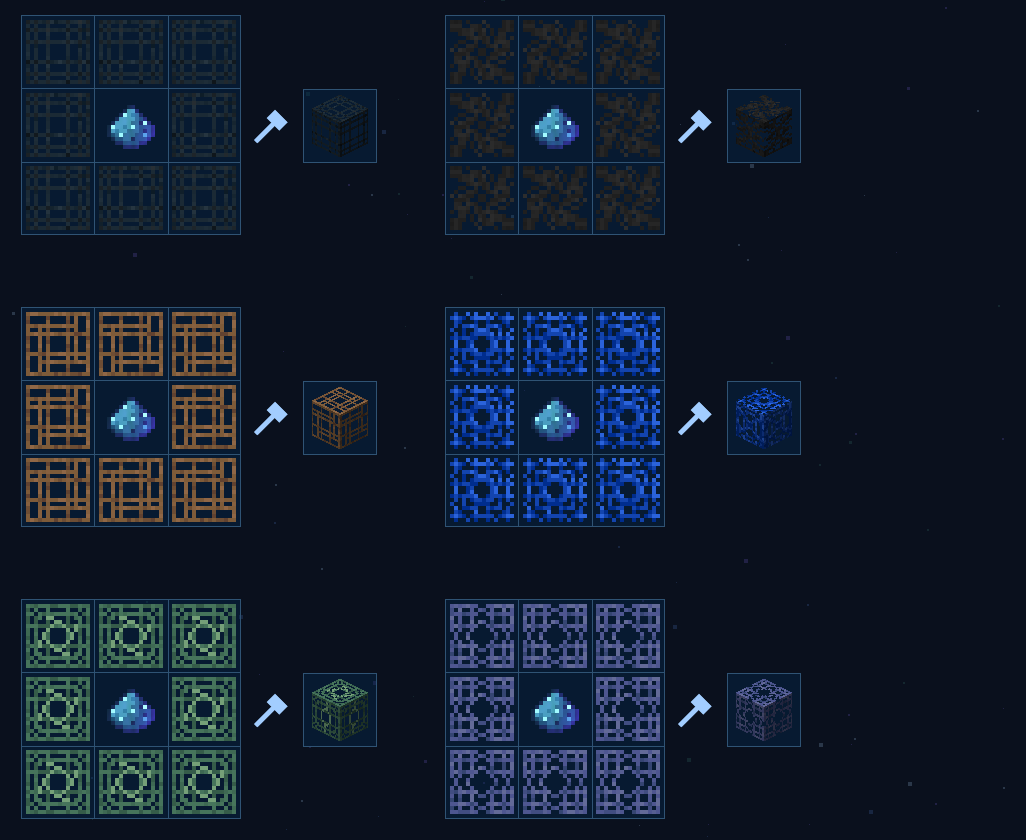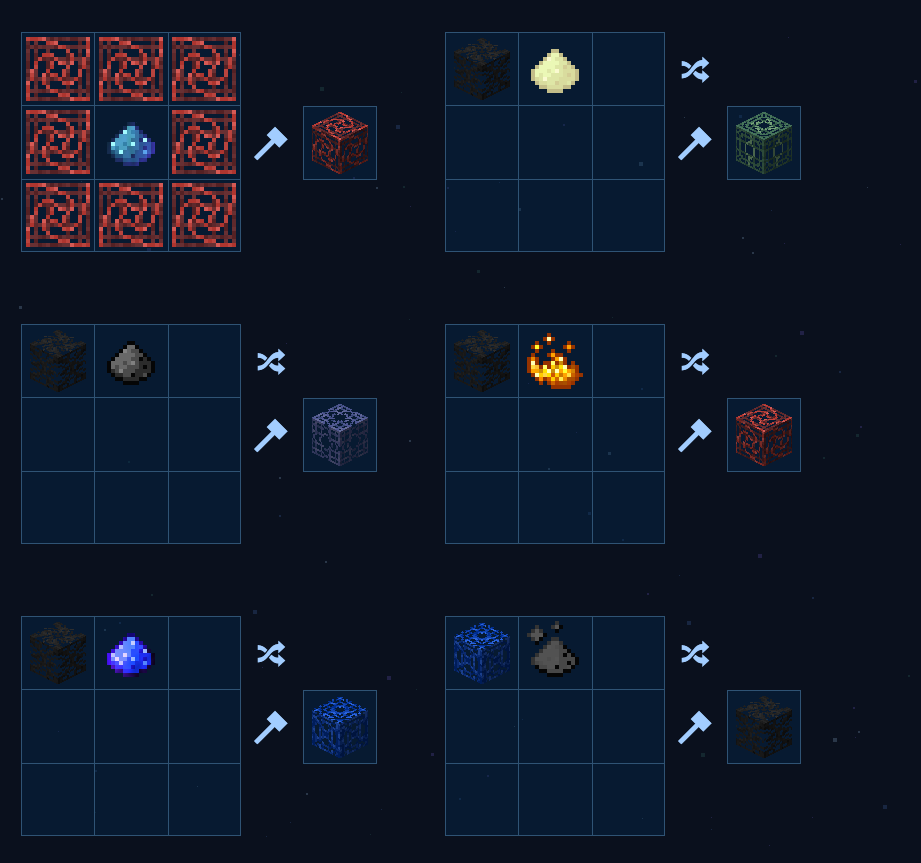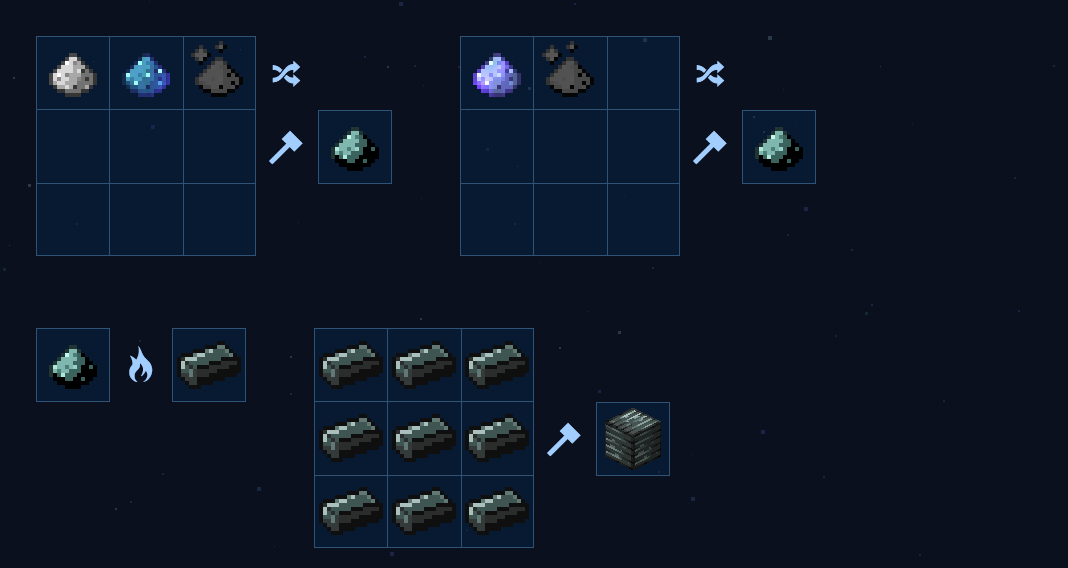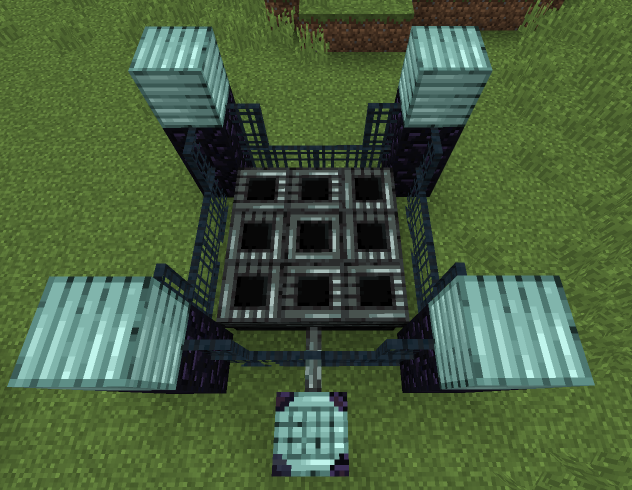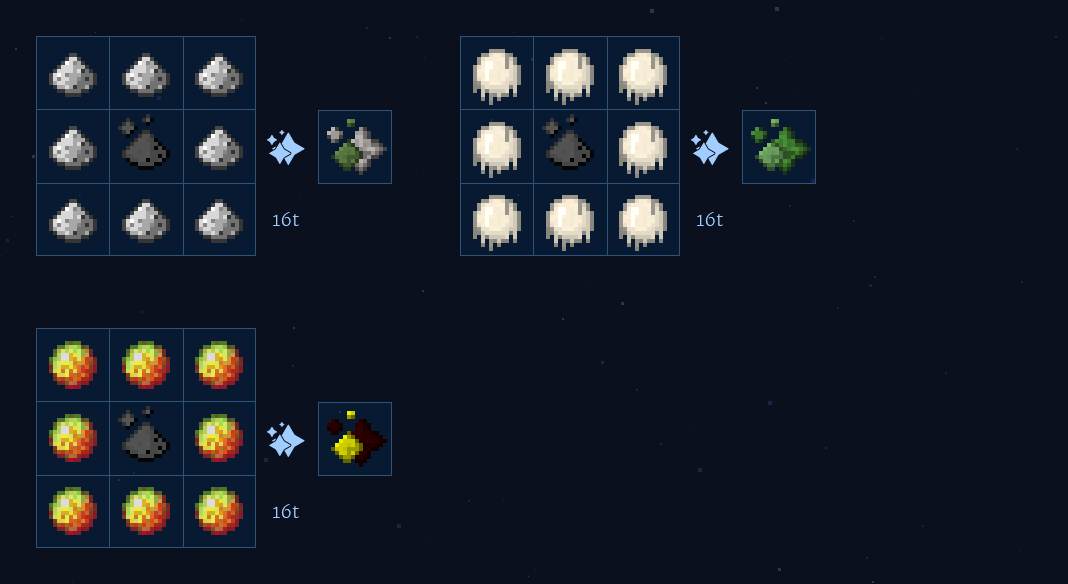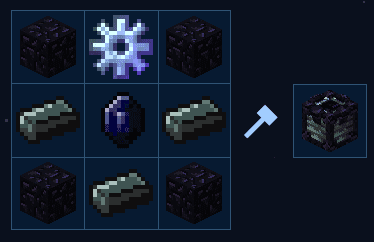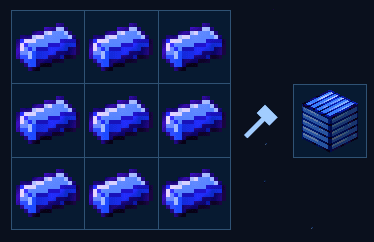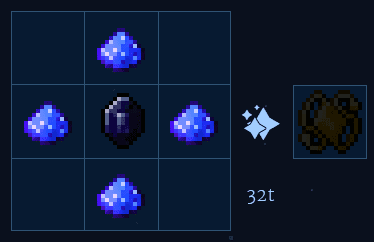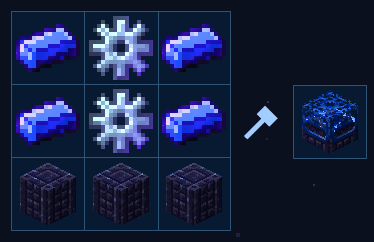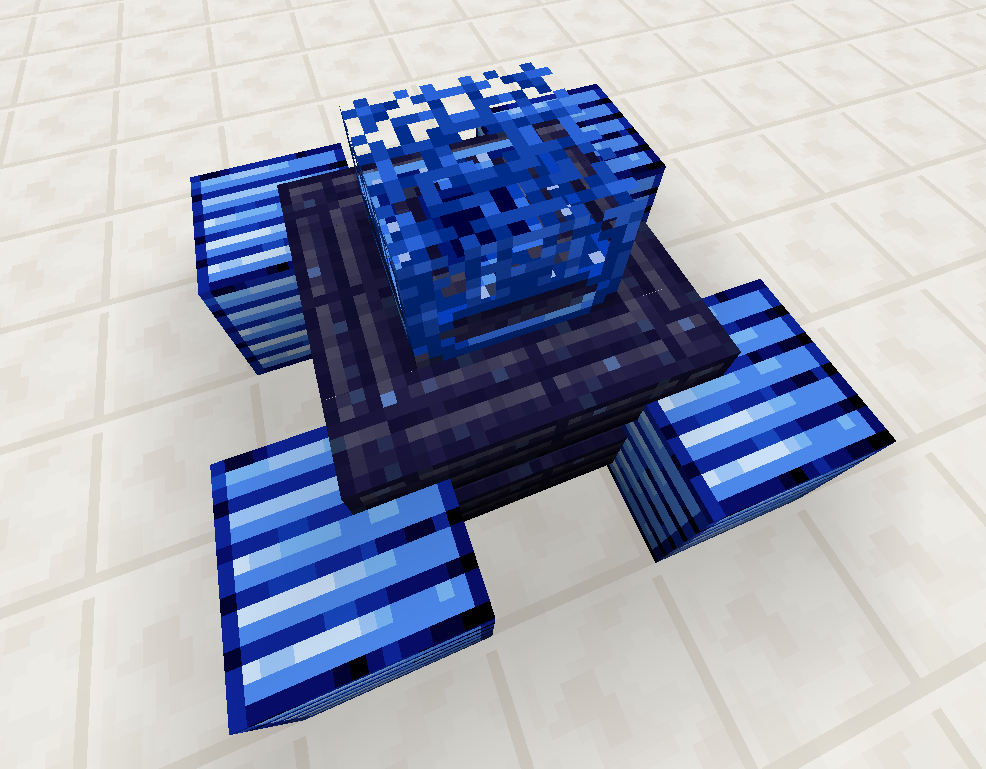Soulus Mod
Soulus Mod (1.12.2) is a mod about creating life and then exploiting it. It provides functionality for almost every aspect of mob farms, and late-game functionality for Beyond the Mob Farmâ„¢. Modpackers rejoice: Almost all functionality in the mod is also configurable or disableable. The main reason the mod was created is because the developer was tired of building giant mob-spawning boxes in skyblock modpacks (it was boring). However, even though the mod was made to fix that problem, that doesn’t mean it’s only usable for skyblock modpacks. In fact, the default mod configuration is for vanilla worlds. A normal playthrough of Soulus will have you digging up fossils in order to collect the “essence” of creatures past, then use that essence to spawn real creatures. When you’re first starting out, you’ll have to stay very close to your Summoner to spawn the creatures, and spawning will take ages. However, over time, as you progress through the mod, you’ll discover new technologies for increasing the speed and usability of your Summoners. Late-game Soulus is about using the creatures you spawn to automate crafting, and eventually compress their souls into the fuel for a kind of beacon which will allow your Summoners to function without your presence. You must sift through the ashes of the dead to restore life to the world.

It is focused about spawning mobs and exploiting those to get more advanced items. By default, it prevents all mobs from spawning and make them drop nothing when killed. The player must find fossils in order to get started with the mod and use it to spawn mobs. Those aspects can be configured if needed.
Features:
Materials
Summoner
Skewer
Soul Inquirer
Dark Endersteel
Composer
Enderlink
Niobium & Soul Catalyst
Soul Totem
Screenshots:
All Items
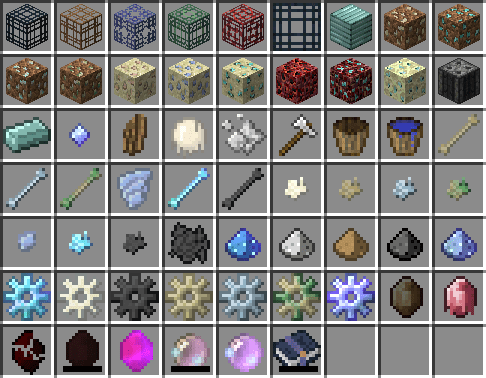
Requires:
How to install:
How To Download & Install Mods with Minecraft Forge
How To Download & Install Fabric Mods
Don’t miss out today’s latest Minecraft Mods
Soulus Mod (1.12.2) Download Links
For Minecraft 1.12.2
Forge version: Download from Server 1 – Download from Server 2

